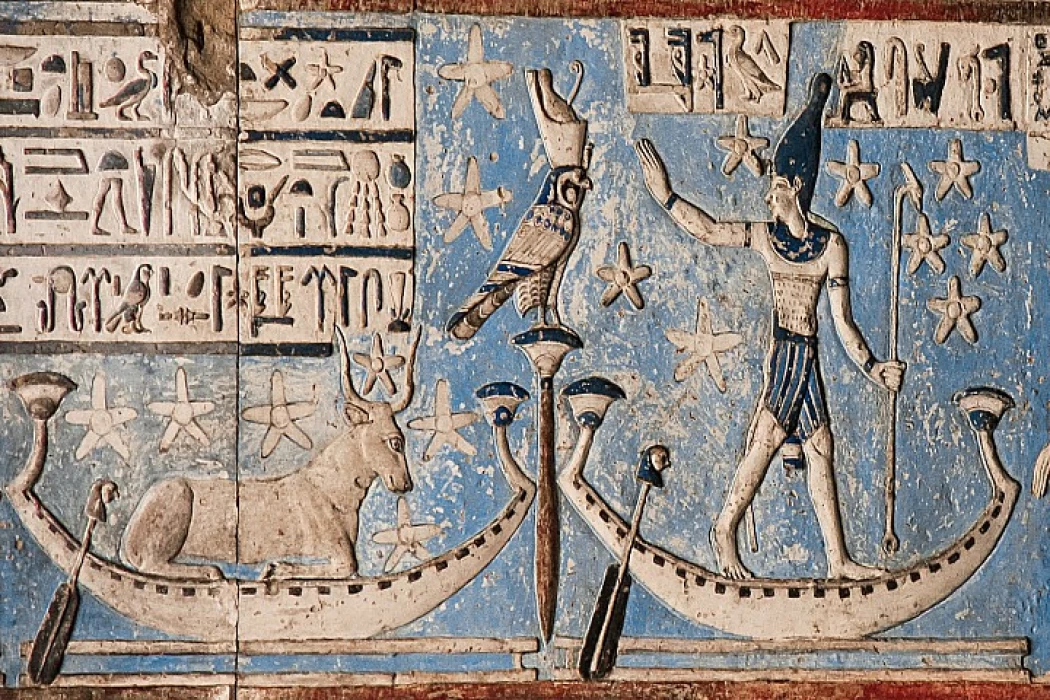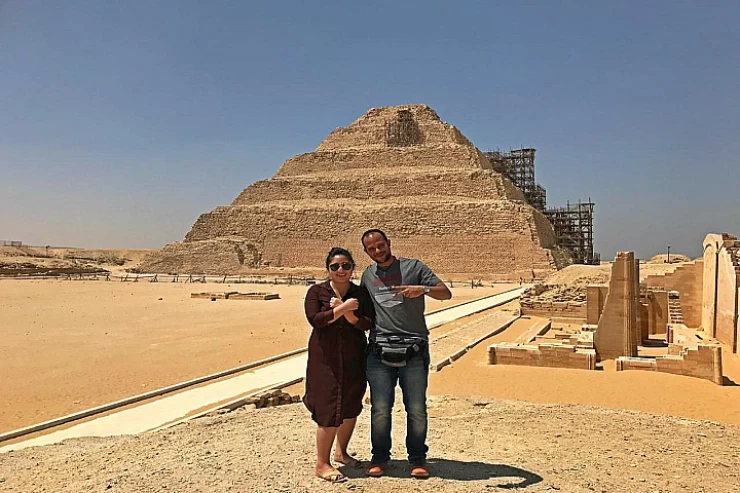
Astronomy in Ancient Egypt
Facts About Astronomy in Ancient Egypt
The ancient Egyptian distinguished himself greatly in astronomy. It was a science that helped him to understand astronomical phenomena and celestial bodies. Through their distinction in this science, they were able to observe the sky and some stars and inscribed these phenomena on the walls of temples, and the astronomers of old named what they saw in the sky, and used their views in the founding of the Egyptian calendar.
The beginning of the year was at the ancient Egyptians' They noted that the flood came with the emergence of the star of Yemeni poetry, the brightest star of the sky (to the south). Through astronomy, they were able to divide the year into 365 days; Divided into twelve months, each in thirty days, they have made the remaining five "days of lament" festive days added to the end of the year.
The months of the year were also divided into three seasons: flood season, farming season, harvest season, and also Egyptians were recording the date of each king's accession to the throne of the country in their documents; Starting with the year, season, month and day.
Ancient Egyptians used devices or detectors to monitor the polar star; They then drew the axis of the north line to the south; On Earth, to determine the direction and location of the star. It was a necessary step to determine the right direction for important building projects.
One of those devices was called "Marcht", which means "detector or indicator". It consists of a narrow wooden rod with a hole on one end; The astronomer looks through it, in order to locate the star, and there is another device called "Pei in Amy or Nott", which means a rib (craniotomy) of the palm.















